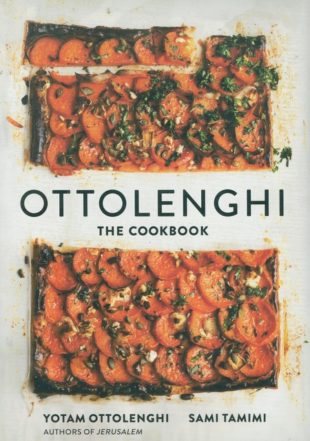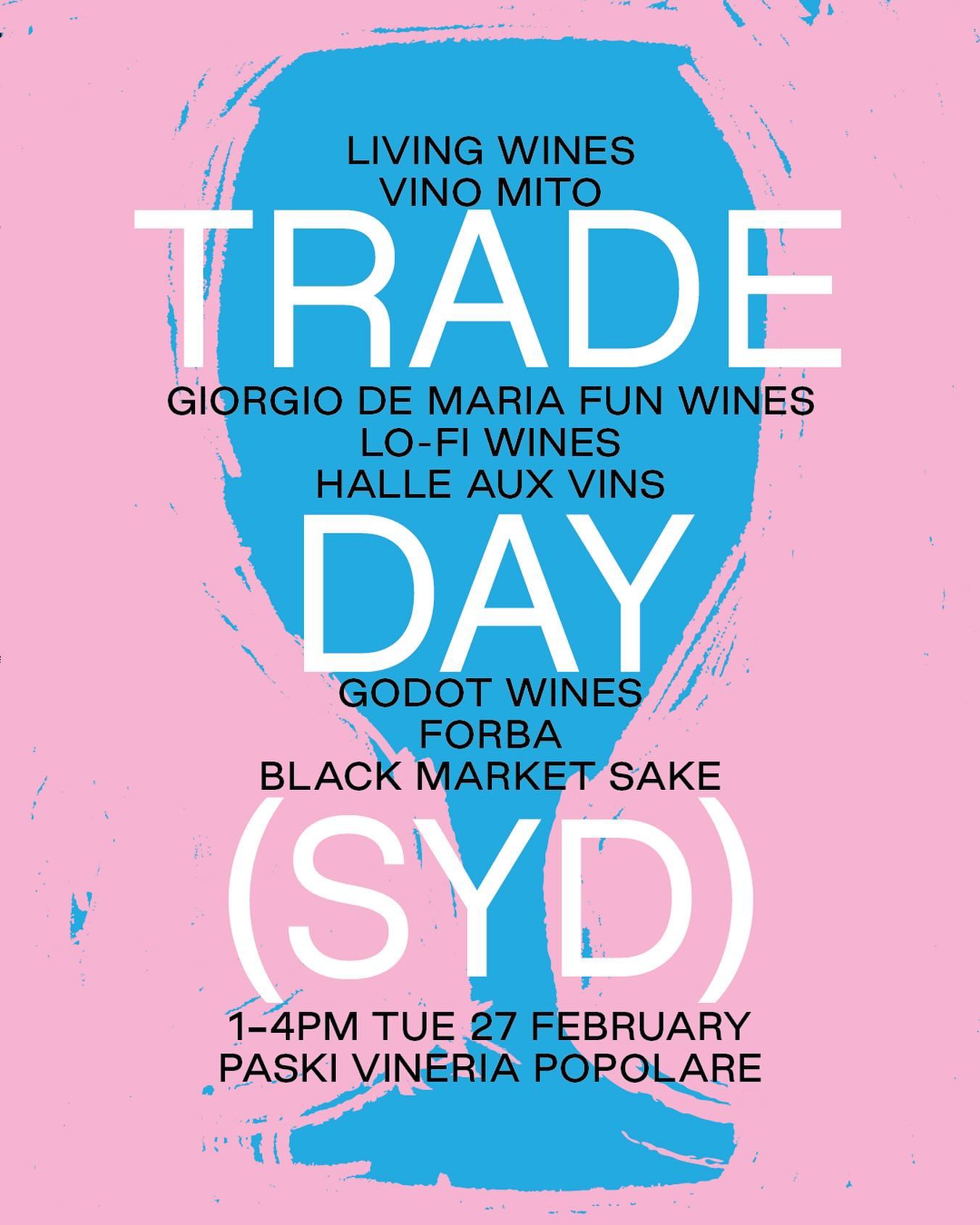Ottolenghi The Cookbook – Introduction
Ottolenghi The Cookbook is a beautiful book full of delicious recipes that you immediately want to try out. It is authored by Yotam Ottolenghi and Sami Tamimi (Yotam is an Israeli and Sami a Palestinian who both now live in London).
Both were born in the Middle East and both were born into families that were obsessed with food. As Sami puts it in the Introduction to the book:
My mother cooked to share the experience with her friends and the food with her family. I believe I have inherited both my father’s love of food and my mother’s love of feeding people.
They both moved to London to take advantage of the opportunities offered in that city and eventually met and bonded over their discussions about food. So much so that Sami is now the Executive Chef of four food shops and two restaurants with Yotam and was the co-author of another book, Jerusalem.
The 2013 edition of Ottolenghi The Cookbook starts with some revelatory information that resulted from their publication of the 2008 edition. In the first page of the book Yotam makes some interesting comments about the difference between that way he cooks in a restaurant and how he came to learn the precision of cooking for recipes.
Back in 2007, when Sami and I were working on this book, I got my first taste of going through the very familiar motions of producing a dish, but with a new aim in mind: creating a trustworthy recipe, something one can casually follow and cook from. The clear irony, which doesn’t seem ironical at all to me anymore – that I need to engage in something so unlike cooking in order to allow others to cook – had become blatantly apparent.
Yotam Ottolenghi, 2013
Ottolenghi The Cookbook – The Book
In the 2013 Edition of Ottolenghi The Cookbook there is an interesting three pages entitled “Just a few of our favourite things”. From this list and the accompanying descriptions you read it thinking that there are many Middle Eastern influences but the authors are not wedded to that region. For example, they urge the use of maple syrup because they find that it is not as sweet as honey.
However they do include yogurt, pomegranate, tahini and sumac which are definitely Middle Eastern. As a side note, it is interesting that in all of the Middle Eastern cookbooks we have read, we cannot remember a single recipe for making tahini. It is always called for as a store bought item. However it is just so easy to make and, if you do make it yourself, it doesn’t have that acrid, rancid taste that you so often detect in commercial brands.
There are only five chapters in Ottolenghi The Cookbook:
- Introduction
- Vegetables, legumes, and grains
- Meat and fish
- Baking and patisserie
- Larder
However, on the contents page these Chapters are subdivided into smaller sections such as “Mighty Eggplant”, “Legumes and Grains”, “Fish and Shellfish” and “Bread and Savory Pastries”, for example. There is also a complete list of all the recipes near the start of each Chapter.
While most of the recipes in the Vegetables chapter are vegetarian there are some that contain meat ingredients that could easily be omitted such as the first recipe for “Peaches and speck with orange blossom” or the stunning recipe for “Caramelized endive with serrano ham”. There are also many recipes that are vegan or can be made vegan if desired.
An example of an excellent recipe in this chapter is a salad of radishes and fava beans. The main protagonists are enhanced with a green tahini sauce which is made from (mainly) tahini paste, lemon juice and parsley. This works best with very fresh, young fava beans.
Another salad that is perfect for summer is “Haricots verts and snow peas with hazelnuts and orange”. Here the beans and pea pods are lifted with thin strips of orange peel, and a mix of olive and hazelnut oil along with chopped hazelnuts.
In the meat and fish section of Ottolenghi The Cookbook, a dish of beef and lamb meatballs baked in a tahini sauce sounds delicious although we haven’t tried cooking it yet. And we are definitely going to try the grilled mackerel with green olive, celery and raisin salsa!
The “Baking and patisserie” chapter is very appealing with a recipe for Carrot and walnut cake being a standout.
Ottolenghi The Cookbook is not only a highly readable book, it is also a very influential cookbook with the approach to vegetables and their centrality in a meal being important in changes to restaurant meals over the past fifteen years.
We have chosen this book for our Foodtourist Top Fifty Cookbooks list due to the effect it has had on restaurants and cookbook authors.
If you would like to know more about the two authors there is an excellent article that was published in the New Yorker some years ago that fills in the gaps about their background called The Philosopher Chef.
You can buy Ottolenghi The Cookbook by clicking on the link below. We receive a small percentage of the sale which goes towards maintaining this site.






















